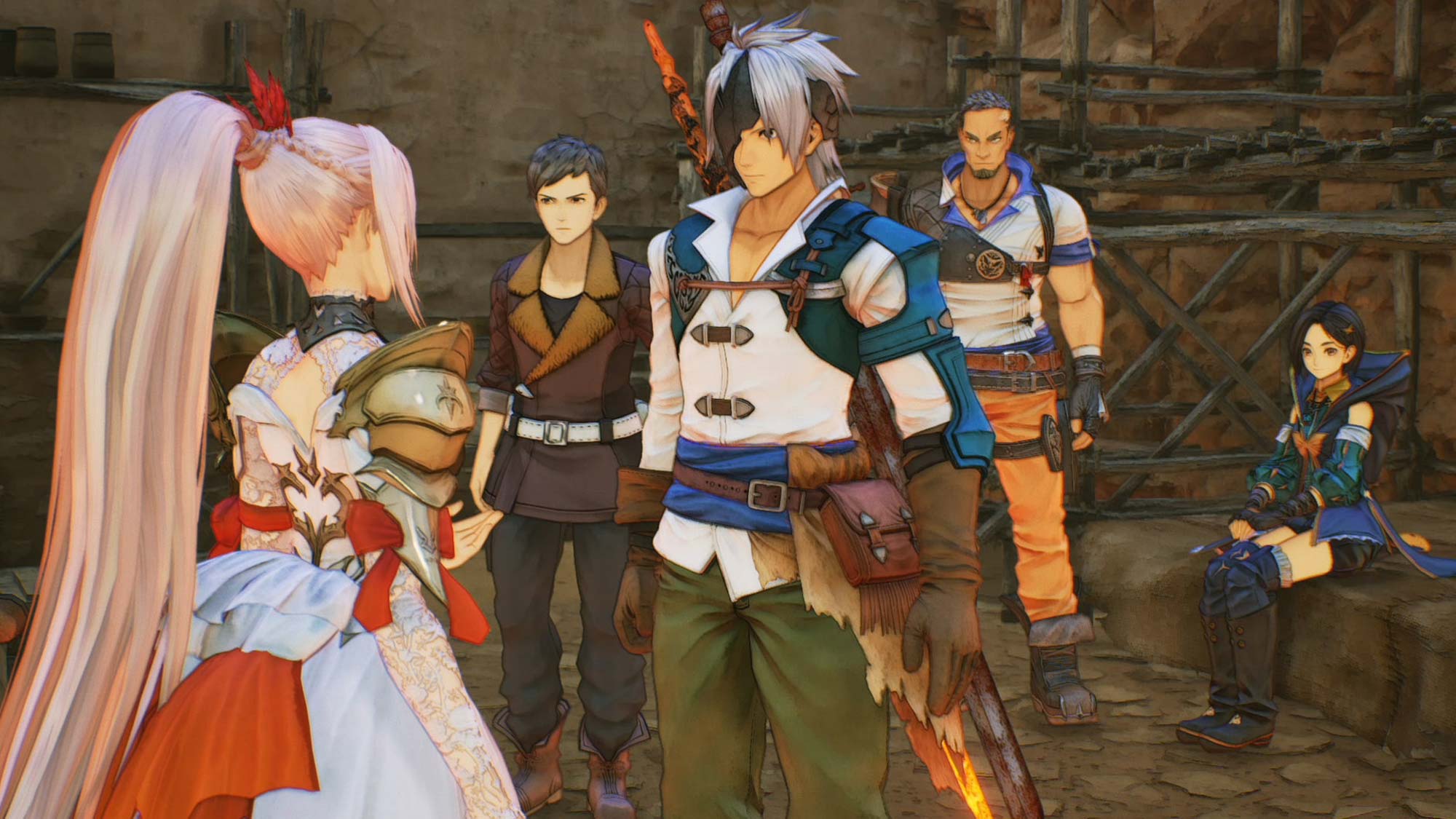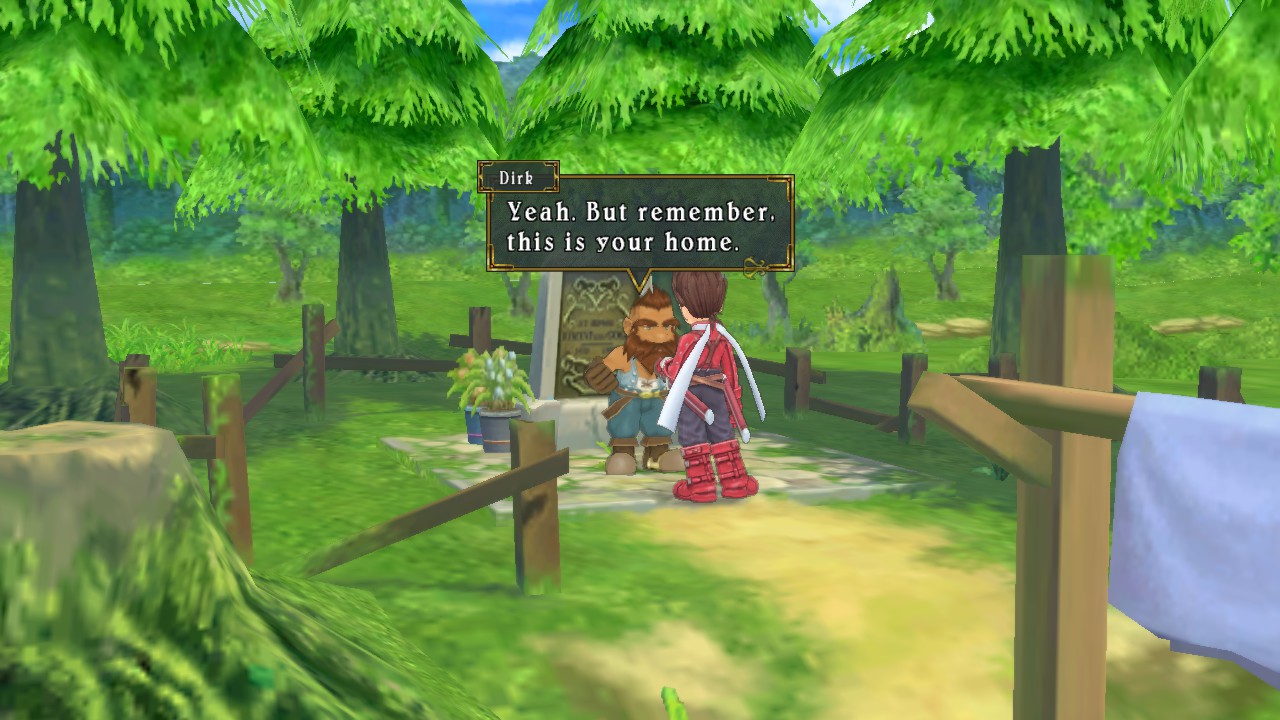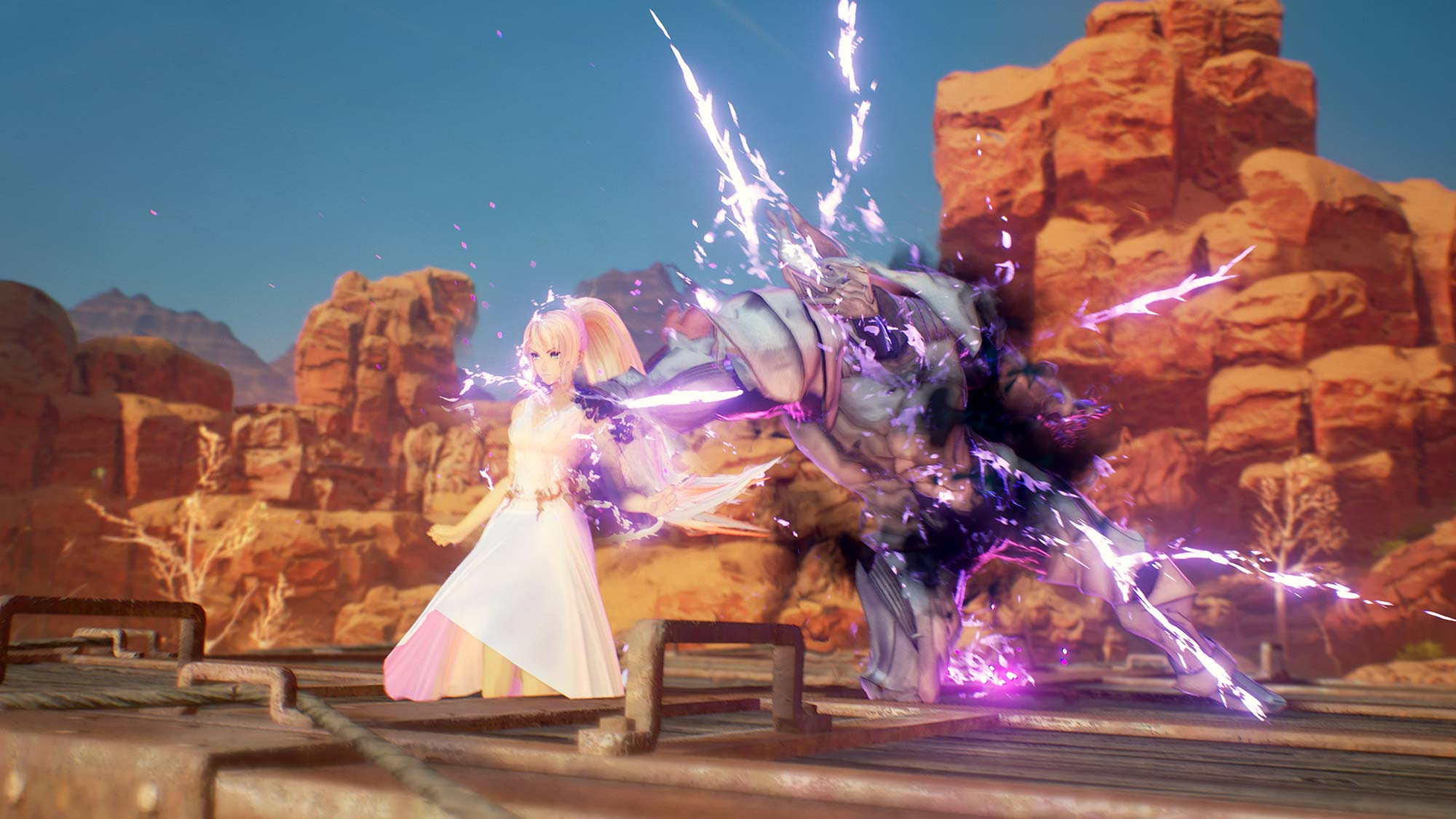Tales of Arise continues my lifelong journey alongside the series
The Tales series continues to mark meaningful milestones in my life

In Tales of Arise, one of the biggest themes is human connection. Alphen, the game’s protagonist, can’t feel pain. Shionne, the game’s female lead, can’t touch another person without physically harming them. The metaphor isn’t subtle, but the Tales series has never really been about subtlety. It’s here to remind us that sometimes life — like video games — is big, showy and dramatic. I know that for a fact, because the series has inexplicably, but consistently, mirrored the course of my adult life.
While I highly doubt that Bandai Namco has been following me around and developing Tales games specifically with my life events in mind, the series reminds us that the games we play aren’t there to just pass the time. More often than not, somehow, we find the right game at the right moment. And if we’re lucky, a long-running series can stay with us for a decade or more, showing us how we’ve grown and changed, as well as how we’ve anchored ourselves.
- Play the best Xbox Series X games
- Also try the best PS5 games
- Plus: KOTOR is a PS5 console exclusive at launch, and that’s not OK
Motherly advice and lifelong friends

For practical purposes, my experience with the Tales series began in 2003 with Tales of Symphonia on the GameCube. It was the summer before my senior year in high school, and my summer job had left me flush with cash, by 16-year-old standards. Tales of Symphonia caught my eye as I perused an EB Games with my mom.
For the first time in my life, $50 for a new game didn’t seem all that steep. But I remembered trying Tales of Destiny on the PS1 a few years earlier, and putting it down after I compared it unfavorably to the much flashier Final Fantasy VII. “Should I buy it?” I asked my mom — a woman who has, to my knowledge, never made a frivolous purchase in her life.
“If you can afford it and think you’ll enjoy it, yes,” she said. “If you’re just buying it because it’s new and popular, then no.”
Eighteen years later, this is the exact advice I give my friends and family every time they wonder whether to invest in a new book, movie, TV show or video game.
Tales of Symphonia was everything that Destiny wasn’t, with gorgeous graphics, spirited voice acting, interesting level design and a fast-paced battle system. But what I remember most about the game is how I learned to set aside a little money for leisure, and spend it wisely.
Get instant access to breaking news, the hottest reviews, great deals and helpful tips.
When Tales of the Abyss debuted in 2005 — and when I finally played it in 2006 — my life was already in a different place. I was between college semesters and interning at a nonprofit organization, when I received a troubling phone call. A friend of mine had a publishing internship lined up in Manhattan, but her housing had fallen through at the last minute. Could she come stay with my family for a week or so?
“A week” quickly became “the whole summer.” I decided that rather than hole myself up in my room with my new Xbox 360, I’d keep her company down in the family room, where the PS2 lived. Knowing she was a Symphonia fan, I picked up Tales of the Abyss and asked if she wanted to play co-op. She said no, but she definitely wanted to watch over my shoulder.
If you’ve played Tales of the Abyss, then you know it’s one of the better Tales games, primarily due to its cast of characters. Young lord Luke fon Fabre starts off by confronting his own pampered lifestyle, and ends by confronting an ideologue who would willingly sacrifice the whole world in the name of unfettered freedom. His relationship with his friends — particularly the sympathetic healer Tear Grants — gives him the courage and determination to do the right thing, even when it would be easier to simply fall back on his wealth and power.
When the game’s credits rolled, I looked over to my friend, and saw that she was in tears.
When we’re at our lowest, knowing that we can rely on our friends makes all the difference. I didn’t need Tales of the Abyss to remind me of that. But I’m glad it did.
Endings and beginnings

In 2012, I lived with my mom for a year while I saved up money for my own place. Anyone who’s tried living with a parent after living alone for a few years can guess how well that went. After many trials and tribulations, however, I found my very first New York City apartment, and had all my boxes packed. The night before the moving truck arrived, I sat in a bare room in front of my TV and my PS3 — I’d take care of those the next morning.
I was playing through Tales of Graces: an uneven entry in the series. In the game, many characters grapple with the darker sides of their natures. The conflicted Richard sacrifices his morality for power; the stoic Sophie digs deep to find her humanity; the arrogant Hubert learns to love his family once again.
Had I, too, not been my best self over the past year? Had I pushed away people who loved me, because there was something I thought I wanted even more?
In the end, Tales of Graces was a difficult game to finish. This is partially because the game has a wicked difficulty curve and a punishing final boss. But in retrospect, I don’t think those were the only reasons.
By 2013, however, things had turned around. I loved my new place; my family and I were on better terms than ever; and I had even started writing for a little-known publication called Tom’s Guide. (By now, you may have heard of it.) At the time, the staff was transitioning over from an older site called TechNewsDaily, and we weren’t yet sure what to cover from day to day. I argued that whatever else we did, video games should be part of our plan.
My editor was skeptical; after all, we didn’t have a big staff or any name recognition in the gaming space. Games reviews take a long time to write, and the games themselves take even longer to play.
I acknowledged his points, but told him that a game called Tales of Xillia had just come out, and I was going to play it anyway. If it worked, we could try more reviews; if not, we’d know to focus our attention elsewhere.
And so, on August 8, Tales of Xillia became the first-ever game review on Tom’s Guide. It wasn’t the last.
Thematic resonance in Tales of Arise

Granted, not every single Tales game has matched up with some big milestone in my life. (And, frankly, it’d be a little scary if they had.) I don’t think anything particularly important was happening when I reviewed Tales of Xillia 2; I played Tales of Eternia years after it came out; and the less said about Tales of the World: Radiant Mythology, the better.
Still, as I reviewed Tales of Arise last week, I couldn’t help but think on how this escapist fantasy RPG series occasionally touches on something profound. As mentioned above, the primary relationship in the game is between the pain-immune Alphen and the pain-inflicting Shionne. Without spoiling anything, the two eventually come to realize that feeling pain is a worthwhile price to pay for connecting with another person.
Two years ago, I moved in with my girlfriend, and we got a domestic partnership. One year ago, a pandemic swept across the country, and we found ourselves sharing a one-bedroom apartment for both work and leisure, 24 hours a day. Being in close contact with another person really can cause pain, and that pain can sometimes seem unbearable. But, as Tales of Arise observes, embracing that pain can help forge even stronger bonds.
Three weeks ago, I invited my partner out to one of our favorite spots. While her back was turned, I went down on one knee and pulled a ring box out of my pocket. When she turned around, I asked her to marry me. We had endured our pain together. It’s a trivial price for a lasting, meaningful connection.
As I watched Alphen and Shionne start to draw the same conclusions, I realized it had happened again. A Tales game had come along at the perfect time in my life, and taught me a little something about myself in the process. I can only wonder what milestone the next game in the series will mark.

Marshall Honorof was a senior editor for Tom's Guide, overseeing the site's coverage of gaming hardware and software. He comes from a science writing background, having studied paleomammalogy, biological anthropology, and the history of science and technology. After hours, you can find him practicing taekwondo or doing deep dives on classic sci-fi.
